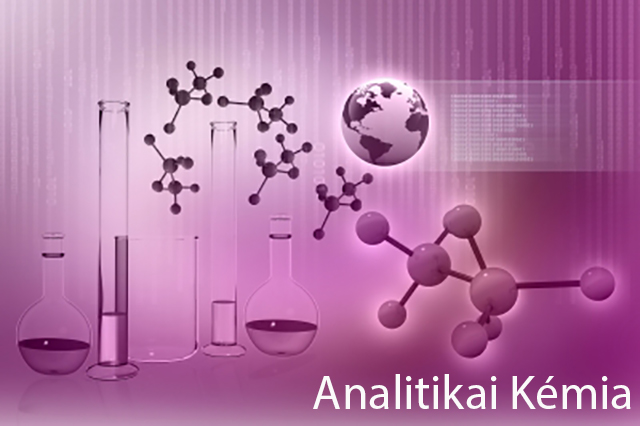Chemical analysis, chemistry, determination of the physical properties or chemical composition of samples of matter. A large body of systematic procedures intended for these purposes has been continuously evolving in close association with the development of other branches of the physical sciences since their beginnings.
Chemical analysis, which relies on the use of measurements, is divided into two categories depending on the manner in which the assays are performed. Classical analysis, also termed wet chemical analysis, consists of those analytical techniques that use no mechanical or electronic instruments other than a balance. The method usually relies on chemical reactions between the material being analyzed (the analyte) and a reagent that is added to the analyte. Wet techniques often depend on the formation of a product of the chemical reaction that is easily detected and measured. For example, the product could be coloured or could be a solid that precipitates from a solution.
Most chemical analysis falls into the second category, which is instrumental analysis. It involves the use of an instrument, other than a balance, to perform the analysis. A wide assortment of instrumentation is available to the analyst. In some cases, the instrument is used to characterize a chemical reaction between the analyte and an added reagent; in others, it is used to measure a property of the analyte. Instrumental analysis is subdivided into categories on the basis of the type of instrumentation employed.
Since the advent of chemistry, investigators have needed to know the identity and quantity of the materials with which they are working. Consequently, the development of chemical analysis parallels the development of chemistry. The 18th-century Swedish scientist Torbern Bergman is usually regarded as the founder of inorganic qualitative and quantitative chemical analysis. Prior to the 20th century nearly all assays were performed by classical methods. Although simple instruments (such as photometers and electrogravimetric analysis apparatus) were available at the end of the 19th century, instrumental analysis did not flourish until well into the 20th century. The development of electronics during World War II and the subsequent widespread availability of digital computers have hastened the change from classical to instrumental analysis in most laboratories. Although most assays currently are performed instrumentally, there remains a need for some classical analyses.
(ENCYCLOPÆDIA BRITANNICA)
Analitikai Kémia
